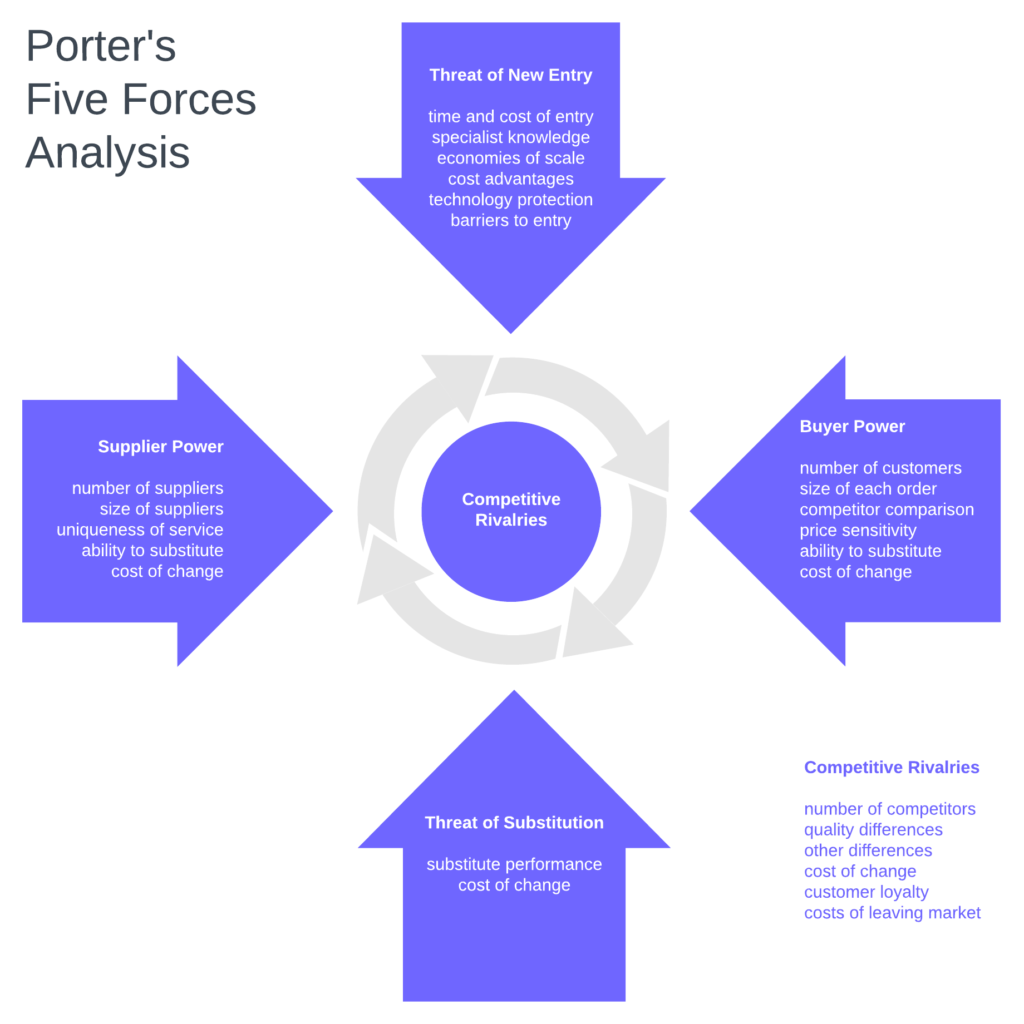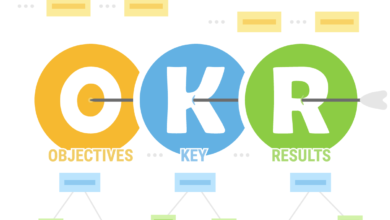Consulting Frameworks Overview – A More Detailed Look Into Structuring Problems

Case interview frameworks are a method of problem-solving, and they serve for structuring your approach to a business problem in a defined and well-organized manner. By breaking a problem down into smaller elements, a framework will make it easier to get to the bottom of the problem, as those smaller elements will be far easier to operate.
Consulting frameworks are split into two different types: Premade, generic frameworks, and custom frameworks. Premade frameworks are certainly something you should start with, to get in touch with the way they work. However, as far as any complicated case goes, or a case interview for that matter, premade frameworks will simply not cut it.
That’s why custom frameworks have developed over time, from a need to solve complex problems that are simply not covered by the limited amount of premade frameworks. And this is the skill that your interviewer will be paying attention to, especially on your interview day: Your ability to think logically and create a framework of your own for the specific problem at hand.
Why Custom Frameworks?

Look at it from this angle. You have a set of a dozen premade frameworks at your disposal that you went through and learned to use in a couple of days. If those generic frameworks were all it takes to solve even the more complicated business problems, do you think there would be a need for consultants at all?
Companies would never pay for consulting services if that was possible. Some problems can often fit into an existing framework but only as a starting point. A consultant will then need to adapt the framework to their needs and use their problem-solving skills to break the problem down correctly in order to identify the main cause and solve it.
If you want to learn more about this in full detail, you can visit https://www.myconsultingcoach.com/news/case-interview-frameworks.
Generic Framework Types

Premade, or generic frameworks, are based on sorting cases into one of the generic problem-solving structures to help break a problem down. While practicing these case interview frameworks, you’ll be working on simpler problems, and you only need to recognize which premade framework you should apply to the case in order to create a structure for solving it.
These are only good as a start, however. When you get through enough of these examples, you should begin to understand the logic behind it, making you able to create a framework of your own for every problem you encounter. Below you will find a few of the more common examples of premade frameworks.
Profitability Framework

The profitability framework is one of the most common and also one of the easiest generic framework types. It is MECE dependable and is generally used to break the problem down into smaller elements before switching to a different framework for further progress.
It provides a good start for structuring your issue tree, given that it is a MECE approach, and it is based on a mathematical basis, and not a complicated one either. This is certainly one of the first generic case interview frameworks that you will likely encounter and learn.
Business Situation Framework

This one could be classified as one of the basics, as it is a very versatile model and can be implemented in most cases. It bears a resemblance to the aforementioned Profitability Framework, as it is also useful for structuring an issue tree for various case types.
Main elements that this framework template analyzes are:
- Company
- Customers
- Competitors
- Product
The main setback of this method is that you will not always find all four of the elements being relevant to the case. Because of this, you will need to modify and adapt it to the needs of your case to make it functional, making it basically a custom framework in the end.
The 4Ps Framework

This particular framework is also popular under the “Marketing Mix” name, and it features multiple versions. It’s mainly used for designing a marketing strategy, e.g. by companies that are launching a new product, or when evaluating the placement of an existing one.
The 4Ps resemble the initial letters of the 4 key elements:
Product: Important traits of a product in question. For example, a product’s function, product’s usage details, product’s lifespan, etc.
Price: The price involves multiple factors that are related to the cost of a product – costs of producing it, it’s perceived value in the market, competitor’s price range for similar products, etc.
Promotion: Focuses on promotion concerns and how to optimize them – estimating a favorable time for promoting the product, creating promotion message content, research into social media marketing, etc.
Place: Focuses on the sale channels, or simply put, determines the way consumers can purchase the product. This can include online ordering, phone orders, in-store purchases, etc.
Porter’s 5 Forces Framework

Porter’s 5 Forces is a framework that specializes in evaluating the interaction between a company and its customers, suppliers, and competitors. Aside from this, it’s been proven good in showing the effect that any substitute products or new entrants in the market can have on the company’s position in the industry.
Porter’s 5 forces are the following: bargaining power of customers, bargaining power suppliers, competitive rivalry, the threat of substitutes, and the threat of new entrants.
In short, this is what each of these elements determines:
Bargaining power of customers: Evaluates the bargaining position that the customers have. This is affected by factors such as the ratio between the number of customers and the number of suppliers, customer concentration, customer’s price sensitivity, etc.
Bargaining power of suppliers: Evaluates the bargaining position that the suppliers have. This is basically an inverted version of the bargaining power of customers, as it is also affected by the ratio between the number of suppliers and the number of customers. If there is only one supplier, and many customers, the supplier will have the bargaining power, as they have no competition. It is also affected by factors such as the difficulty of replacing a supplier, differentiation among the suppliers, etc.
Competitive rivalry: This factor evaluates the competitiveness of other rivals in the industry. It focuses on the number of competitors, similarities in their products, their financial power, etc.
The threat of substitutes: Evaluates what the substitute for a certain product of the company could be, and how likely the customers are to buy it. Crucial factors are potential new substitutions, the ease of substitution, etc.
The threat of new entrants: Evaluates how difficult it would be for a new business to cement its place in the industry. The main factors are regulations and legal proceedings, as well as starting capital requirements, among others.
To Wrap it Up
We hope this article has helped clarify the difference between generic case interview frameworks and the custom ones, as well as highlight the importance of not relying on those that were premade. Consulting is all about thinking logically and breaking down problems. While these premade frameworks can help you get into the rhythm with this, you will still have to learn to adapt to every complex situation at hand and create a case-specific framework for every new problem you encounter.



